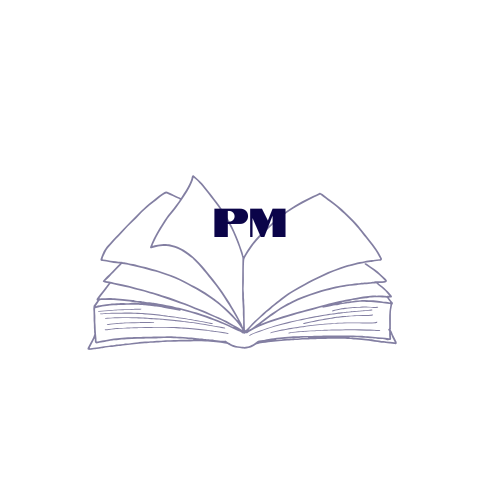Project management methodologies have evolved over the years, leading to the adoption of hybrid project management approaches that combine the best of both Agile and Waterfall methods. A hybrid approach leverages the structured planning of Waterfall while incorporating Agile’s flexibility and adaptability.
But how do these methodologies work together? In this article, we’ll explore how hybrid project management functions, its advantages, challenges, and best practices for implementation.
Understanding Agile and Waterfall
Before diving into hybrid methodologies, it’s important to understand the key features of Agile and Waterfall:
Waterfall Methodology
- Linear and sequential approach
- Defined phases: Requirement gathering → Design → Implementation → Testing → Deployment
- Works best for projects with clear scope and fixed requirements
- Often used in industries like construction, manufacturing, and healthcare
Agile Methodology
- Iterative and flexible approach
- Focuses on continuous development, feedback loops, and adaptability
- Uses frameworks like Scrum, Kanban, and SAFe
- Ideal for projects requiring rapid change and innovation
What is a Hybrid Project Management Approach?
A hybrid project management approach blends Waterfall’s structured phases with Agile’s adaptability. It allows teams to plan major project milestones while iterating and adjusting specific components based on feedback.
How It Works:
- Planning and Scope Definition (Waterfall) – Project scope, objectives, and major milestones are established upfront.
- Incremental Execution (Agile) – Individual components are developed using Agile sprints, allowing teams to iterate quickly.
- Milestone Reviews and Adjustments (Hybrid) – Regular checkpoints ensure the project stays on track while allowing for refinements.
- Final Deployment and Closure (Waterfall) – The project is finalized and delivered with thorough documentation.
When to Use Hybrid Project Management
A hybrid approach is ideal for projects that require both structured planning and adaptability. Consider using hybrid project management when:
- Stakeholders demand structured planning but want flexibility for execution.
- Regulatory or compliance requirements necessitate Waterfall’s documentation but development teams prefer Agile workflows.
- Large-scale projects involve multiple teams where some work best with Agile while others need Waterfall.
- Technology projects require iterative software development but structured integration with existing systems.
Advantages of a Hybrid Approach
Using a hybrid methodology offers multiple benefits:
1. Balances Structure and Flexibility
- Keeps a clear roadmap while allowing iterative development.
2. Enhances Collaboration Between Teams
- Agile teams can work dynamically while management adheres to Waterfall schedules.
3. Reduces Project Risks
- Waterfall’s planning ensures compliance, while Agile minimizes wasted effort.
4. Improves Stakeholder Satisfaction
- Stakeholders receive continuous updates and are involved in Agile iterations.
Challenges of Hybrid Project Management
Despite its advantages, hybrid project management also presents challenges:
1. Increased Complexity
- Teams must align Waterfall documentation with Agile’s flexible workflows.
2. Requires Strong Coordination
- Communication between Waterfall-focused management and Agile teams is crucial.
3. Difficulties in Measuring Progress
- Waterfall tracks progress through phases, while Agile measures it in sprints.
4. Resistance to Change
- Teams accustomed to one methodology may struggle to adapt to a hybrid approach.
Best Practices for Implementing a Hybrid Approach
To successfully implement a hybrid project management methodology, follow these best practices:
1. Define Clear Roles and Responsibilities
- Assign Waterfall-aligned roles (project managers, business analysts) and Agile roles (Scrum Masters, product owners).
2. Use a Hybrid Project Management Tool
- Select a tool like Jira, Monday.com, or Wrike that supports both Agile and Waterfall workflows.
3. Establish Communication Protocols
- Set up regular status meetings and ensure that teams share progress updates effectively.
4. Align Project Milestones with Agile Sprints
- Use Waterfall-based milestone tracking while allowing Agile iterations in between.
5. Continuously Evaluate and Adjust
- Regularly assess what’s working and refine the hybrid approach to maximize efficiency.
Conclusion
Hybrid project management approaches provide the best of both worlds—combining Waterfall’s structured planning with Agile’s iterative flexibility. While it may require additional coordination and adaptability, a well-executed hybrid approach can significantly enhance project success.
By implementing best practices and leveraging the right tools, teams can seamlessly integrate Agile and Waterfall to create an efficient, dynamic project management strategy.
Looking to adopt a hybrid project management approach? Start by assessing your team’s needs and choosing the right methodology that fits your projects!

Leave a Reply